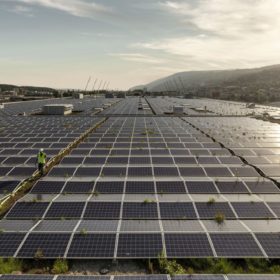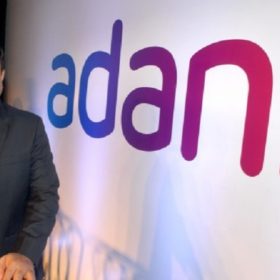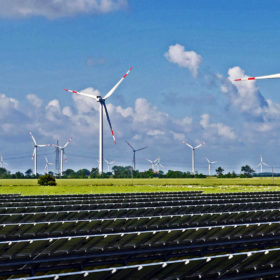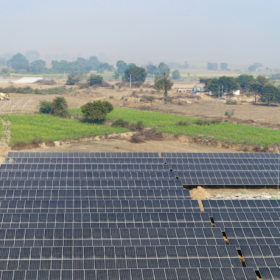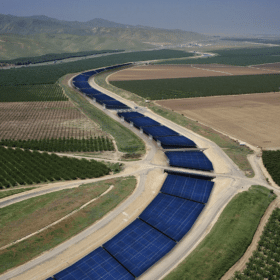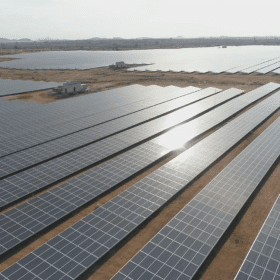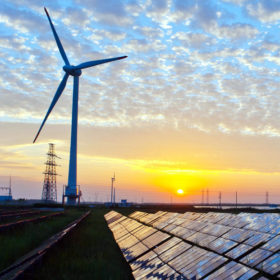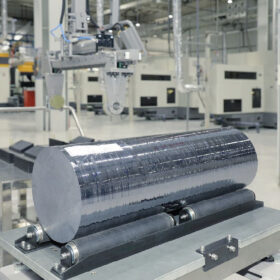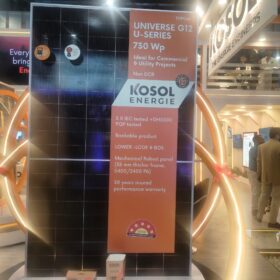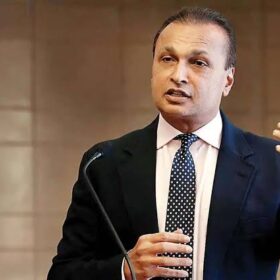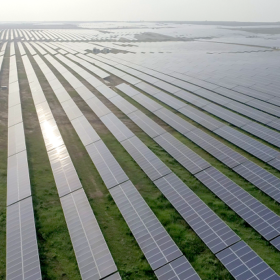ABB hits 5GW milestone in delivering solar plant automation solutions in India
The company attributes this milestone to many significant solar power projects that it won across India for its utility-scale SCADA and string monitoring solutions.
Adani Green to buy Sterling & Wilson’s 75 MW Telangana solar assets
Adani Green Energy has signed an agreement with Sterling & Wilson to acquire its 75 MW of operating solar projects for around INR 446 crore. The projects are located in Telangana.
Solar tariff rise due to customs duty would cost to Discoms INR9 billion annually
India’s declining solar tariff trend will see a reversal as the basic customs duty comes into effect. According to India Ratings, tariffs will likely touch INR 2.43 when using imported solar modules with 40% duty applicable, putting an additional cost burden on Discoms.
‘Solar could supply half of a new 600 GW clean energy ambition’
U.S.-based researchers have modeled the costs of achieving 200 GW, 400 GW and 600 GW of renewables capacity in India this decade and concluded PV should supply no more than half of the generation facilities and policymakers should shift their focus to wind power.
Madha Infra bags INR 87-crore solar project in Gujarat
The Vadodara-based engineering, procurement and construction (EPC) contractor has been awarded a 20 MW grid-connected solar project by Gujarat State Electricity Corporation Limited (GSECL).
Uttar Pradesh tenders 75 MW grid-connected solar capacity
Global bids are invited to develop an aggregate 75 MW of grid-connected solar power projects with an upper tariff ceiling fixed at INR 3.00/kWh for the entire power purchase duration of 25 years. The projects are to be installed in the Uttar Pradesh Solar Park on a ‘build-own-operate’ basis.
Solar canals already competitive with ground-mounted PV
U.S. researchers have assessed the technical and economic feasibility of solar canals in California and have found that their LCOE is already close to that of ground-mounted solar plants. Three different project configurations were analyzed for eight different sites across the California network of canals.
BHEL secures its first overseas EPC contract for grid-connected solar plant
The state-run has been awarded an 8 MWac grid-connected solar power plant in Mauritius on an engineering, procurement, and construction (EPC) basis.
NTPC enlisting EPC bidders for ground-mount and floating solar plants
The enlisted players will be invited to participate in the upcoming tenders for the installation of floating and ground-mounted solar power projects. April 6 is the deadline to submit applications for enlistment.
India’s $122bn energy stimulus spending may benefit fossil fuels most
A report says India’s energy investment commitments over the last 14 months largely feature measures for power transmission and distribution that could benefit greenhouse-gas-producing fuels more than renewables.
